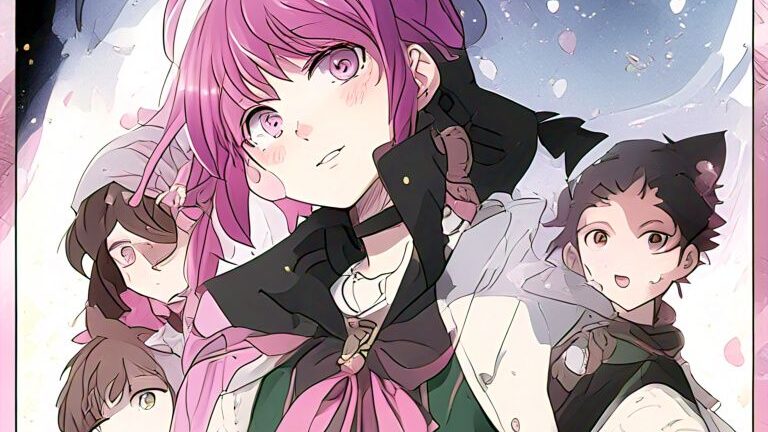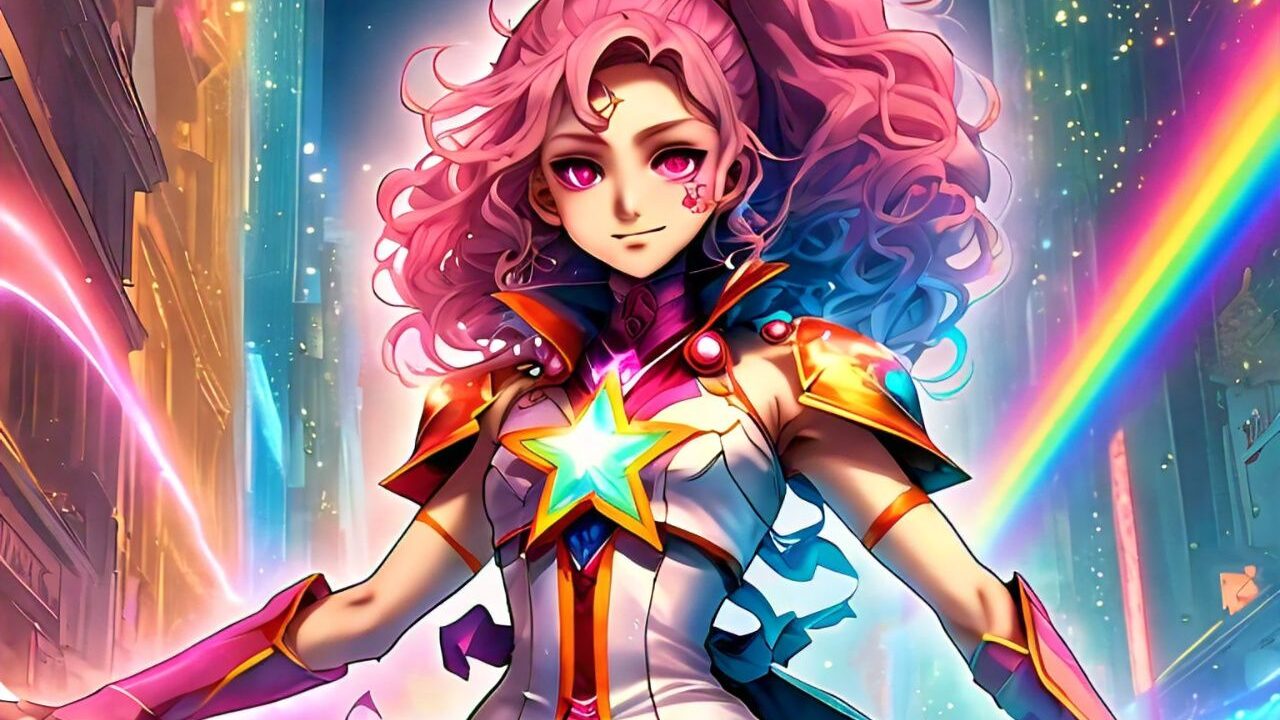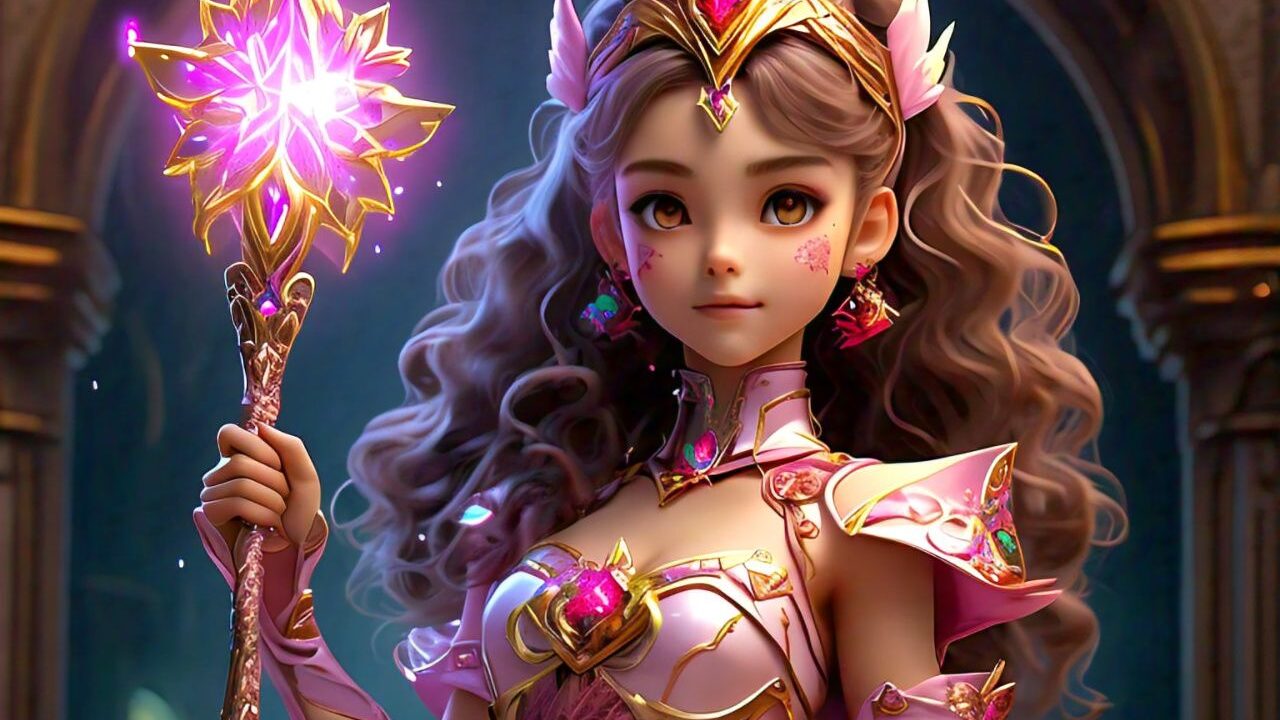
Looking up to magical girls manga reveals a captivating world filled with transformation, empowerment, and friendship. This genre has enchanted audiences for decades, offering stories that resonate with both young girls and adult fans alike. From the iconic Sailor Moon to the darker narratives of Puella Magi Madoka Magica, magical girl manga has evolved significantly, reflecting societal changes and the complexities of identity. This blog post explores the origins, iconic elements, themes, cultural impact, and modern interpretations of magical girl manga, while also addressing unique aspects that are often overlooked.
The Origins of Magical Girl Manga
Historical Background
The magical girl genre traces its roots back to the 1960s with the debut of Himitsu no Akko-chan, which introduced readers to a young girl who could transform into anyone she desired. This concept of transformation laid the groundwork for future series. However, it was Sailor Moon, released in 1991, that truly popularized the genre. With its blend of romance, action, and friendship, Sailor Moon not only captured the hearts of young girls but also became a cultural phenomenon that paved the way for countless adaptations and merchandise.you can find more on vyvymangaa.co.uk
Evolution
As time progressed, magical girl manga began to incorporate more complex themes. Series like Cardcaptor Sakura maintained a whimsical tone while exploring emotional depth and character growth. Conversely, Puella Magi Madoka Magica revolutionized the genre by introducing darker narratives that challenged traditional tropes. This shift highlighted the struggles and sacrifices faced by young girls in their quest for power and acceptance.
Iconic Elements of Magical Girl Stories
Transformation Sequences
One of the most recognizable aspects of looking up to magical girls manga is the transformation sequence. These moments are not merely visual spectacles; they symbolize personal growth and self-discovery. As characters transition from ordinary girls to powerful heroines, they embrace their identities and responsibilities. For instance, Usagi Tsukino’s transformation into Sailor Moon represents her journey from a clumsy teenager to a determined fighter for justice.
Character Archetypes
Magical girl stories often feature relatable character archetypes that resonate with audiences. The ordinary girl turned hero embodies aspirations and dreams while friendships among magical girls emphasize teamwork and support. Each character typically faces personal challenges that mirror real-life issues, allowing readers to connect deeply with their journeys. These dynamics create a rich tapestry that enhances both character development and plot progression.
Themes in Magical Girl Manga

Empowerment and Feminism
At its core, looking up to magical girls manga promotes empowerment for young girls. Characters often defy societal expectations, showcasing strength in vulnerability and resilience in adversity. The genre encourages readers to embrace their individuality while advocating for justice and compassion. This feminist undertone is evident in series like Sailor Moon, where female characters take center stage as leaders and role models.
Friendship and Teamwork
Friendship is a recurring theme in magical girl stories. The bonds formed between characters are crucial to their success in battles against evil forces. Series such as Magic Knight Rayearth illustrate how teamwork can overcome challenges and foster personal growth. These narratives reinforce the idea that collaboration is essential not only in fantastical battles but also in navigating life’s obstacles.
Romance vs. Independence
While many magical girl series incorporate romantic subplots, they often balance these elements with themes of self-discovery and independence. Characters like Sakura Kinomoto from Cardcaptor Sakura experience romantic feelings without allowing them to overshadow their personal journeys. This nuanced portrayal encourages readers to explore their identities beyond romantic relationships.
The Psychological Impact of Magical Girl Narratives
Looking up to magical girls manga can serve as a form of escapism for young readers, offering them a safe space to explore their emotions and challenges. These narratives often highlight themes of mortality, inner strength, and friendship—crucial elements that resonate deeply with adolescent experiences. By navigating their struggles through fantastical lenses, readers may find solace in knowing they are not alone in facing life’s difficulties.
Cultural Impact and Reception
Global Influence
The influence of looking up to magical girls manga extends far beyond Japan. Series like Sailor Moon have inspired adaptations across various media platforms, including television shows, movies, and even live-action productions worldwide. The genre has fostered a global community of fans who celebrate its messages of empowerment and friendship through conventions, fan art, and online discussions.
Merchandising and Marketing
Merchandising plays a significant role in promoting magical girl culture. From figurines to clothing lines, products featuring beloved characters allow fans to express their affinity for the genre while contributing to its popularity. This commercial success highlights how deeply ingrained magical girls have become in contemporary pop culture.
The Role of Fan Culture in Shaping the Genre
Fan communities contribute significantly to the evolution of magical girl narratives through fan fiction, art, and cosplay. These creative expressions often reinterpret or expand upon existing characters and storylines, leading to new perspectives within the genre. For example, fan-driven projects have led to revivals of older titles or inspired new series that cater to diverse audiences.
Modern Interpretations and Innovations

Diverse Representation
Recent works in looking up to magical girls manga have begun to challenge traditional gender roles by incorporating diverse representation. Titles like Witch Hat Atelier feature protagonists from various backgrounds who navigate their unique struggles while embracing their powers. This shift reflects a growing awareness of inclusivity within storytelling.
Technology Integration
Modern magical girl stories often integrate technology into their narratives, addressing contemporary issues such as social media dynamics or environmental concerns. Series like Re:Creators explore how digital platforms can influence perceptions of heroism and identity in today’s society.
Intersectionality in Magical Girl Representation
Recent titles have begun addressing intersectionality within magical girl narratives by incorporating themes related to race, sexuality, and disability. For instance, series like Yuki Yuna Is a Hero feature characters whose struggles reflect broader societal issues while still engaging with traditional magical girl tropes.
The Evolution of Villains in Magical Girl Stories
Villains in looking up to magical girls manga have evolved from one-dimensional antagonists to complex characters with relatable motivations. In series like Madoka Magica, villains often have tragic backstories that elicit sympathy from viewers rather than serving as mere obstacles for heroes.
Future Trends in Magical Girl Manga
Speculating on future trends within looking up to magical girls manga reveals potential shifts influenced by current societal issues such as mental health awareness or environmentalism. Upcoming series may reflect these themes more explicitly while continuing to engage audiences with fresh narratives.
Conclusion
Looking up to magical girls manga lies at the heart of an enchanting world filled with inspiration for generations through themes of empowerment, friendship, and self-discovery. As these characters continue to evolve alongside societal changes, they remain relevant symbols of hope and resilience for fans around the world. Whether you’re revisiting classic titles or exploring new interpretations, there’s always something magical waiting within these stories.
As you dive into this enchanting world of magical girls, consider sharing your favorite series or reflecting on what these characters mean to you personally. The magic is not just in their powers but also in the connections we forge through their journeys!
FAQs About Looking Up to Magical Girls Manga
What is magical girl manga?
Magical girl manga is a genre that features young girls who possess magical powers, often transforming into heroines to fight evil. These stories typically blend elements of fantasy, adventure, and coming-of-age themes, focusing on friendship, empowerment, and self-discovery.
How did the magical girl genre originate?
The magical girl genre originated in the 1960s with series like Himitsu no Akko-chan, which introduced the concept of transformation. However, it gained widespread popularity with Sailor Moon, released in 1991, which combined romance, action, and strong female characters.
What are some iconic elements of looking up to magical girls manga?
Key elements include transformation sequences that symbolize personal growth, relatable character archetypes, and themes of empowerment and friendship. These aspects resonate deeply with audiences, allowing for emotional connections to the characters’ journeys.
How do magical girl stories promote empowerment?
Looking up to magical girls manga promotes empowerment by showcasing characters who defy societal expectations and embrace their individuality. They often advocate for justice and compassion while navigating personal struggles, encouraging readers to find strength in vulnerability.
Are there darker themes in magical girl manga?
Yes, many modern magical girl series incorporate darker themes. For example, Puella Magi Madoka Magica explores the sacrifices and moral complexities faced by young girls in their quest for power, challenging traditional tropes within the genre.
How has fan culture influenced magical girl manga?
Fan culture plays a significant role in shaping the genre through fan fiction, art, and cosplay. Fans reinterpret existing characters and storylines, leading to new perspectives and sometimes inspiring new series that cater to diverse audiences.
What recent trends are emerging in magical girl manga?
Recent trends include diverse representation among protagonists, technology integration addressing contemporary issues like social media dynamics, and a focus on intersectionality that reflects broader societal issues related to race, sexuality, and disability.
Can you recommend some popular magical girl manga series?
Some popular series include:
- Sailor Moon
- Cardcaptor Sakura
- Puella Magi Madoka Magica
- Witch Hat Atelier
- Yuki Yuna Is a Hero
How can I get involved in the magical girl community?
You can engage with the magical girl community by attending conventions, participating in online forums or social media groups dedicated to the genre, creating fan art or fan fiction, or simply sharing your favorite series with friends.
Why do people still enjoy looking up to magical girls manga today?
Looking up to magical girls manga continues to resonate because it offers escapism and relatable themes of empowerment and friendship. The genre’s ability to evolve while addressing contemporary issues ensures its relevance for both new and long-time fans.